I had hip pain every time I ran until I started doing these six physical therapist-approved exercises
I fixed my hip pain with these gentle bodyweight exercises
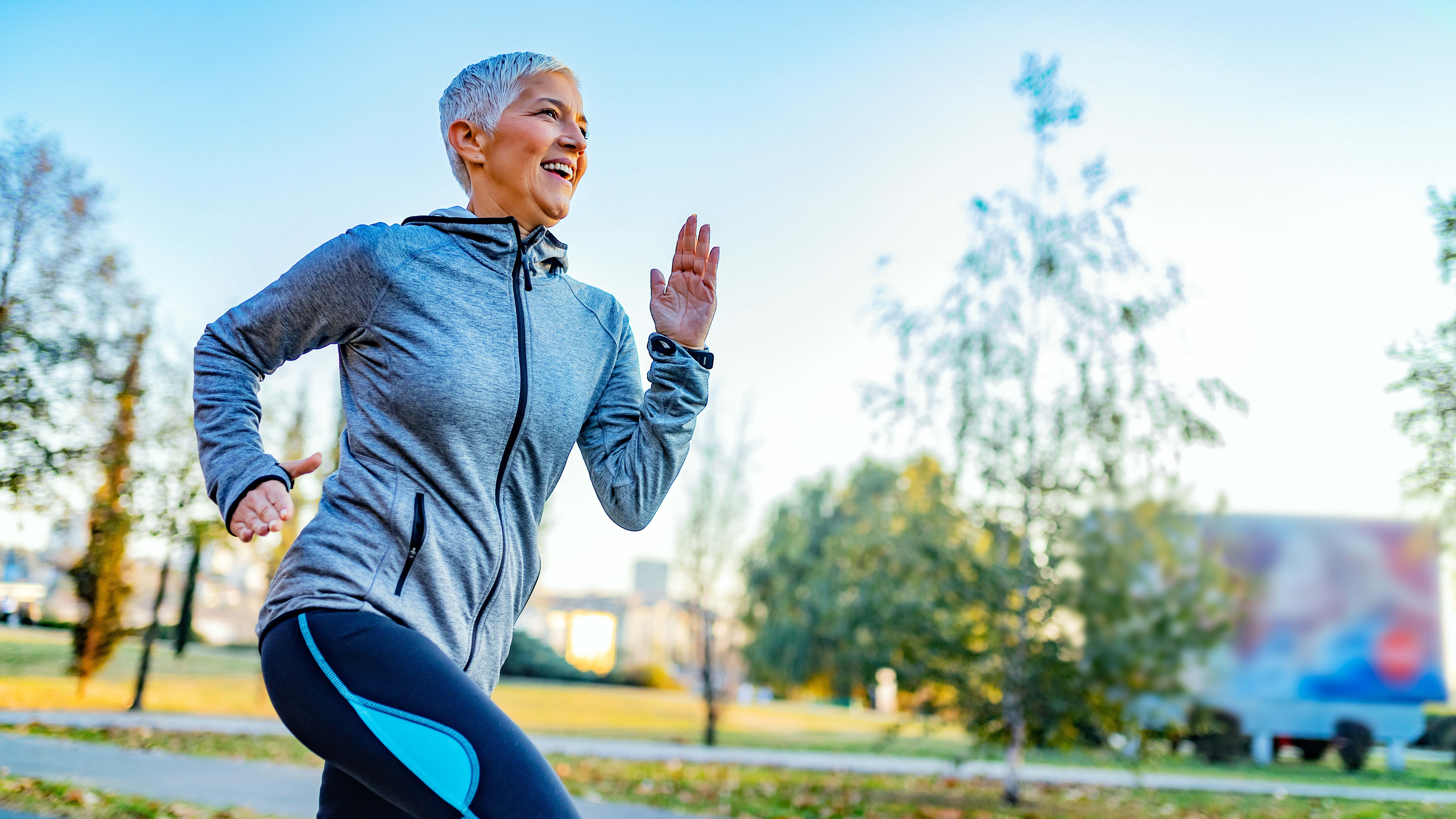

Last year, the pain in my hips was so severe that I had to stop running.
I sought advice from physical therapist Laura Wilson, co-founder of The Swiss Touch Physiotherapy, to see if the issue could be improved.
She told me that I wasn’t using my glutes (the big muscles in the butt) enough and my hip mobility was limited.
“Reduced hip mobility can disrupt running mechanics and lead to compensation through the lower back, knees or ankles. Limited hip extension reduces stride length and efficiency,” Wilson says.
She gave me these six exercises to improve glute strength and hip control.
After doing them for 12 weeks, in addition to some cat-cow poses, I’m back to running again with pain-free hips.
Six exercises for running-related hip pain
1. Side-lying hip abduction
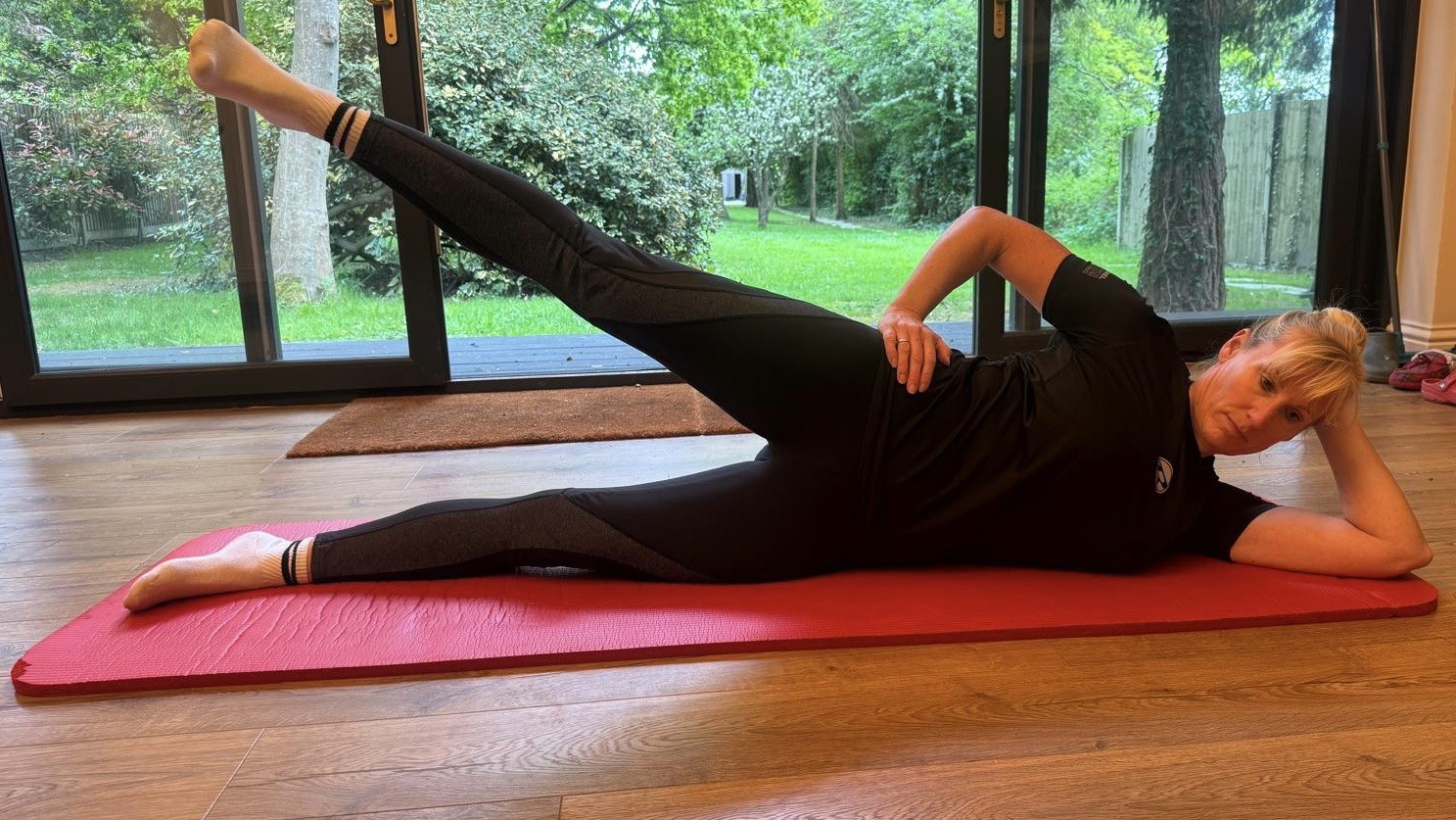
Sets: 3 Reps: 12 each side
Start your week with achievable workout ideas, health tips and wellbeing advice in your inbox.
- Lie on your side with one leg stacked on top of the other and your head resting on your lower arm. Ensure you maintain a straight line from head to toe.
- Raise your top leg up and down, while keeping the rest of your body still.
How it helps: This move isolates the gluteus medius, a large muscle that’s responsible for keeping the pelvis level during running.
“By strengthening this muscle, you reduce the risk of hip drop and excess strain through your lower limbs and lower back,” says Wilson.
I found it was challenging to avoid rolling backwards and keep a straight line while doing the move. I had to work hard to engage my glutes, but this became more natural after four weeks.
2. Bridge with resisted hip abduction
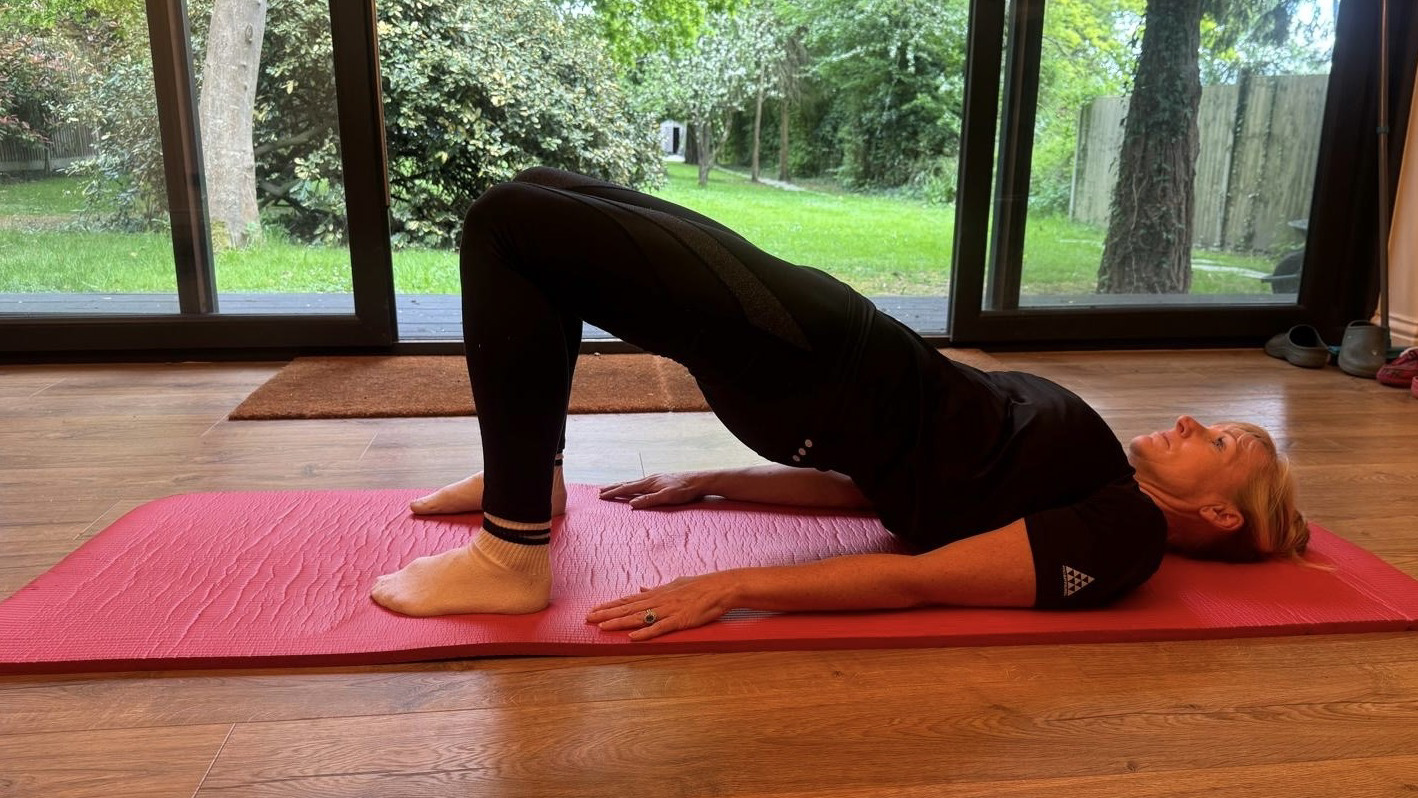
Sets: 3 Reps: 12
- Lie on your back, with your knees bent, feet flat on the floor, and a resistance band around both thighs.
- Lower and raise your hips, while maintaining tension in the band.
How it helps: This move will help you practice hip extension while maintaining lateral stability across the pelvis.
“It also strengthens the gluteus maximus and challenges glute medius and minimus through the band resistance,” says Wilson.
I started this bridge move without the band and then added one after a few weeks, once I felt more stable. It helped to push through my heels, and I gradually built up to three sets after a few weeks.
3. Reverse clamshells with elevation
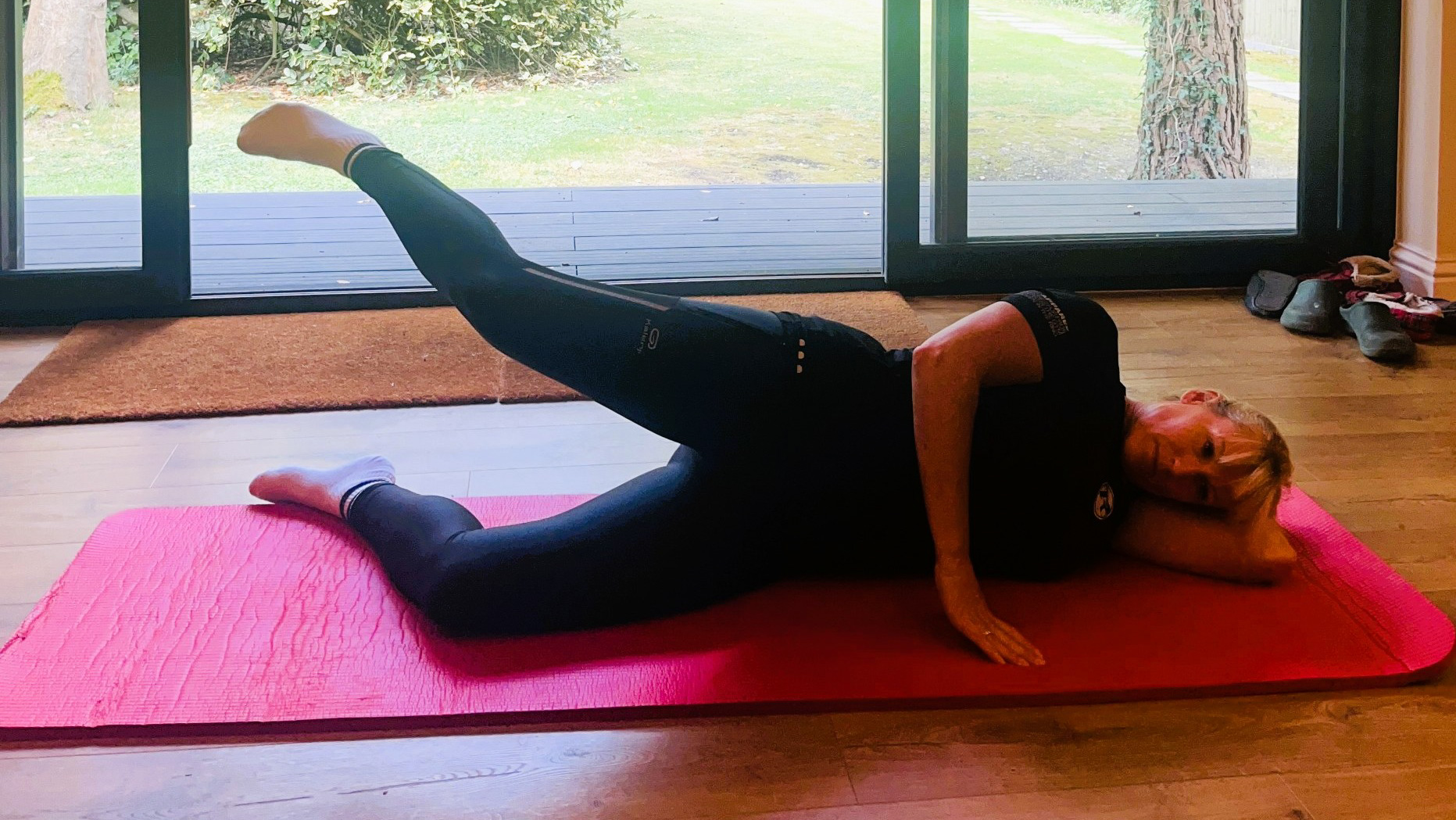
Sets: 3 Reps: 12 each side
- Lie on your left side and bend both legs, placing one on top of the other.
- Raise your right leg.
- Keeping your knee still, raise your right heel upward so you feel your hip rotate internally, then lower the heel again.
- Repeat, then switch sides.
How it helps: Wilson says this move targets the deep internal rotators of the hip, and training them can improve your mobility.
4. Side-lying hip flexion and extension
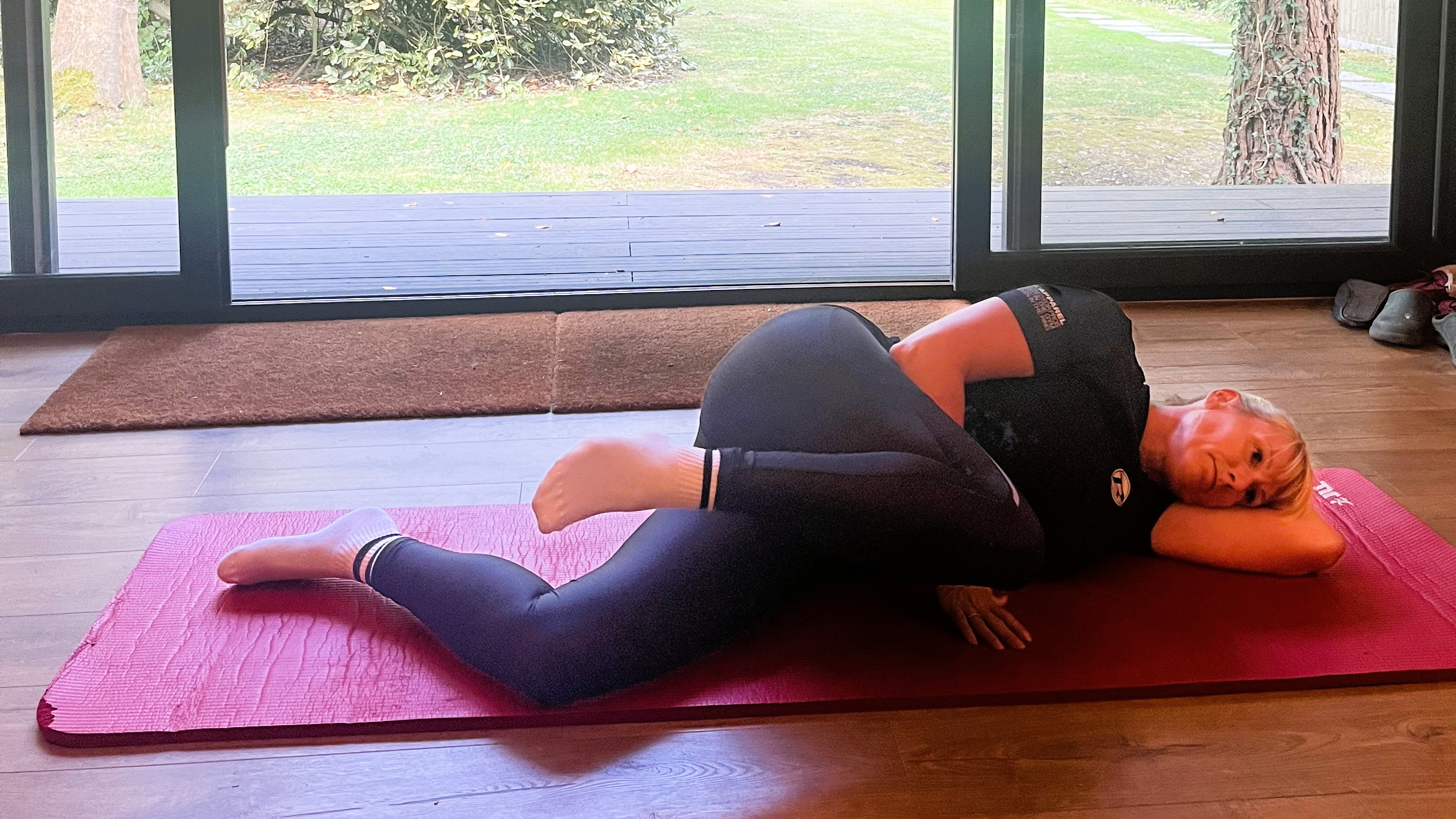
Sets: 3 Reps: 12 each side
- Lie on your side, with your lower leg bent at 90°.
- Keep the top leg straight, then raise and bend it towards your chest.
- Straighten and repeat.
How it helps: Wilson says this move helps strengthen the hip flexors and extensors.
“This is particularly helpful for improving running stride length and reducing compensations through the lower back,” she says.
Initially, I found it was challenging to keep from rolling back when doing this move, and my hips hurt, but it gradually became easier over four weeks.
5. Tabletop alternate leg lowering
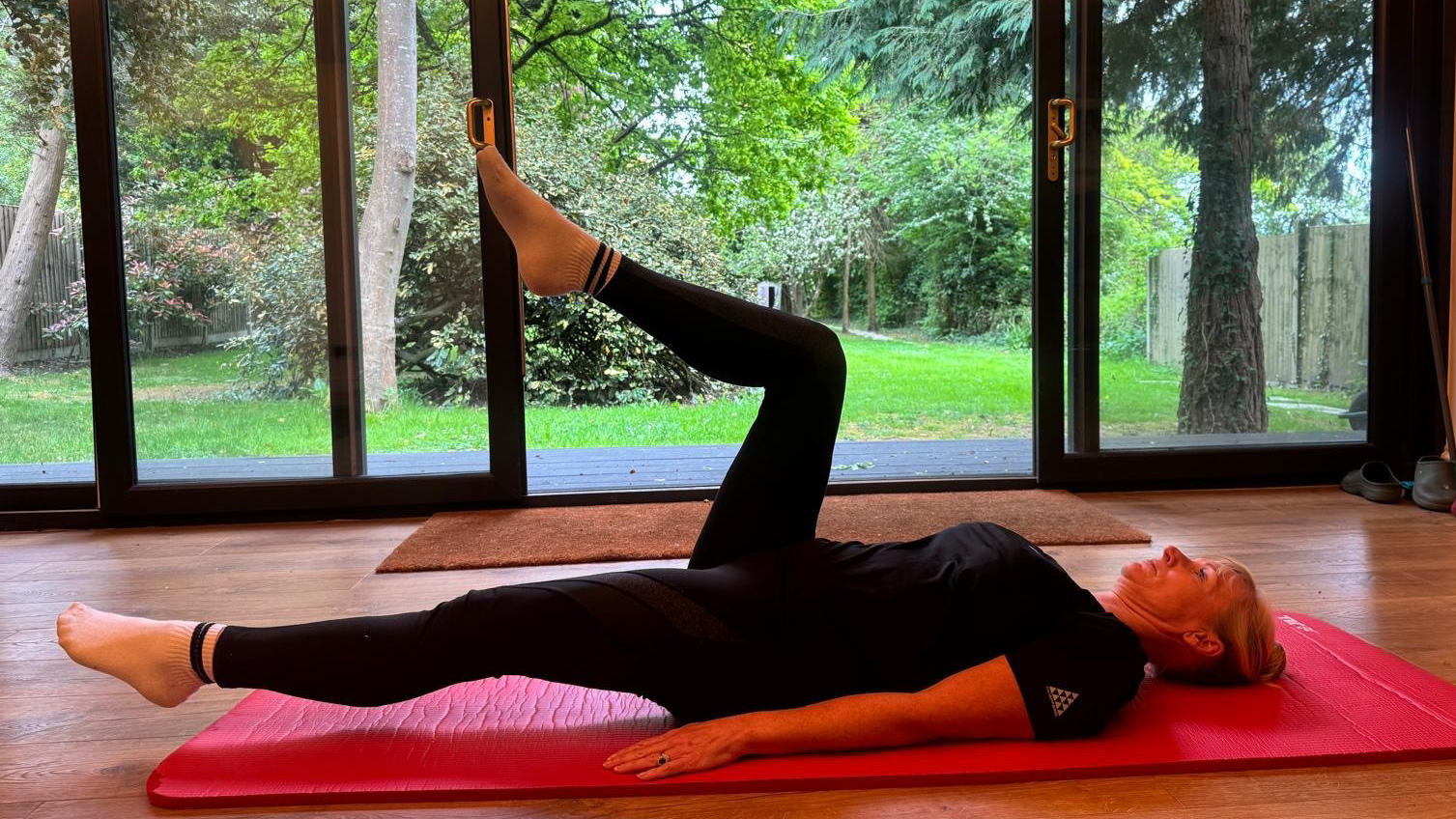
Sets: 3 Reps: 12 each side
- Lie on your back with your legs in the air and knees bent, so your thighs are pointing upwards and your shins are parallel to the floor.
- Extend one leg at a time, straightening it so it hovers above the floor, while the other stays still.
How it helps: This movement improves core and pelvic stability.
Wilson adds that it works the hips through controlled flexion and extension, helping maintain mobility and control.
To begin with, I barely engaged my glutes during this move and felt hip pain. After practising for a week, it felt easier.
6. Single-leg bridge
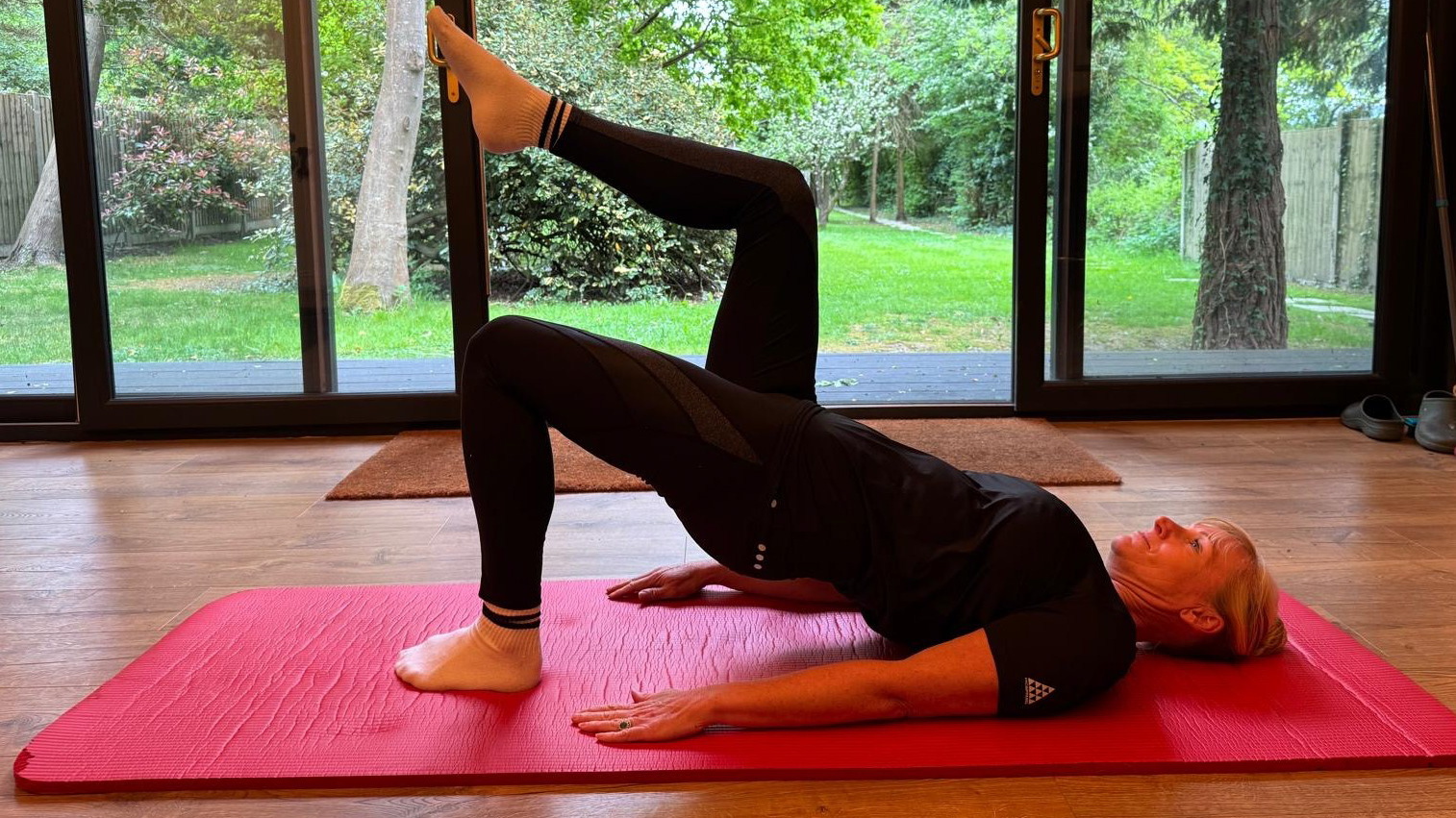
Sets: 3 Reps: 12 each side
- Lie on your back with your knees bent and feet on the floor.
- Bring one leg off the floor, keeping your knee bent.
- Press your supporting foot into the floor and lift your hips, while keeping your other foot in the air.
How it helps: This exercise builds unilateral strength in the hamstrings and glutes and improves your ability to extend your hips.
Wilson says it also helps to build pelvic control under load and mimics the single-leg stance phase of running.
At the start, I could only complete one set of 12 of this move. My hips were tight, and stability was difficult.
After two weeks, I could do the full three sets. I also found I was using my core to help my lower back from arching.

Sarah Haselwood is a freelance journalist and content writer focusing on fitness, exercise, health and wellness. She is particularly interested in fitness news, trends, and research and writes for National Geographic, Stylist, Men’s Fitness, Hello and Metro. Sarah swims every week in all seasons in her local lake and is a huge fan of strength training and reading. She is currently writing her first novel.
You must confirm your public display name before commenting
Please logout and then login again, you will then be prompted to enter your display name.